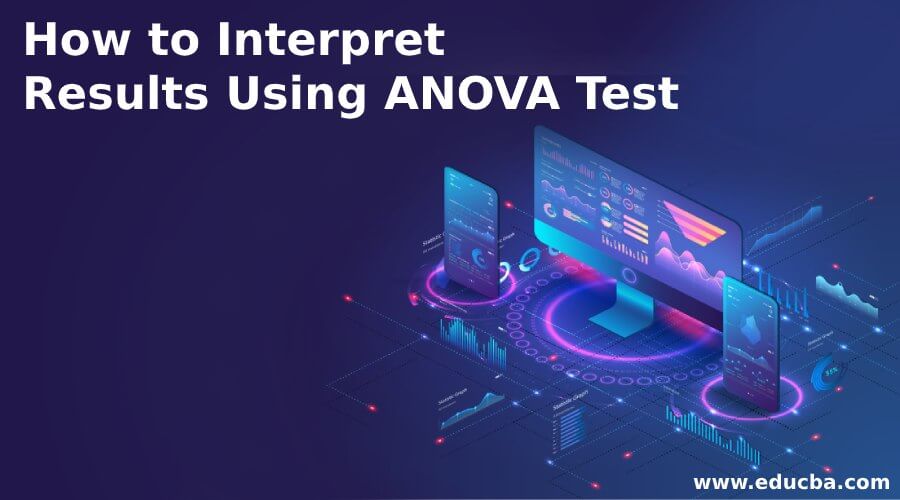
#Survey data to use for two way anova in excel professional
An Extension professional may ask whether some clients changed more than others. Once the data has been collected, entered, and cleaned, the next step is to analyze the data. For further information about posttest questionnaires, pretest/posttest questionnaires, pretest/ follow-up questionnaires, and retrospective pretest questionnaires, see the EDIS publication WC135 Comparing Pretest-Posttest and Retrospective Evaluation Methods ( ).

This type of scenario requires the use of the retrospective pretest questionnaire. There are some occasions where an agent or specialist may assess a program by asking participants to recall their knowledge or behaviors prior to participation in the program while also judging where they are in comparison to that prior state. Unfortunately, it is not always possible to capture pretest and posttest information separately.

Therefore, an agent should consider implementing a posttest/follow up questionnaire in several waves in a specific timeframe after the program (e.g., six months, a year, and/or two years after completion of a program). Participants should not be expected to make a drastic change in behavior within the duration of a program. It is important to consider realistic expectations when evaluating a program. However, if one is curious about how much information their clients learned or how their attitudes changed after participation in a program, then either a pretest/posttest questionnaire or a pretest/follow-up questionnaire would need to be implemented. To capture what participants know or feel at the end of a program, he or she could implement a posttest questionnaire. In order to evaluate the effectiveness of a program, an agent or specialist may opt to survey the knowledge or attitudes of the clients attending the program. Exploring whether this variation between groups exists can be easily performed through descriptive analyses (see measures of central tendency below for an example). An Extension professional may suspect that a subgroup within a survey sample is different than others represented, possibly demonstrating a greater need or level of satisfaction than other subgroups captured by the survey. Using the data received from any of these survey types, one may explore the amount of variation in the survey sample. For detailed information concerning each of these survey uses, see Savvy Survey #2: Using Surveys in Everyday Extension Programming.

Where does one begin the data analysis process? What computer program(s) can be used to analyze data? How should the data be analyzed? This publication serves to answer these questions.Įxtension faculty members often use surveys to explore relevant situations when conducting needs and asset assessments, when planning for programs, or when assessing customer satisfaction. To truly interpret the data, it must be analyzed. In its most raw form, the data collected from surveys do not tell much of a story except who completed the survey, partially completed it, or did not respond at all. Israel IntroductionĬontinuing the Savvy Survey Series, this fact sheet is one of three focused on working with survey data.


 0 kommentar(er)
0 kommentar(er)
